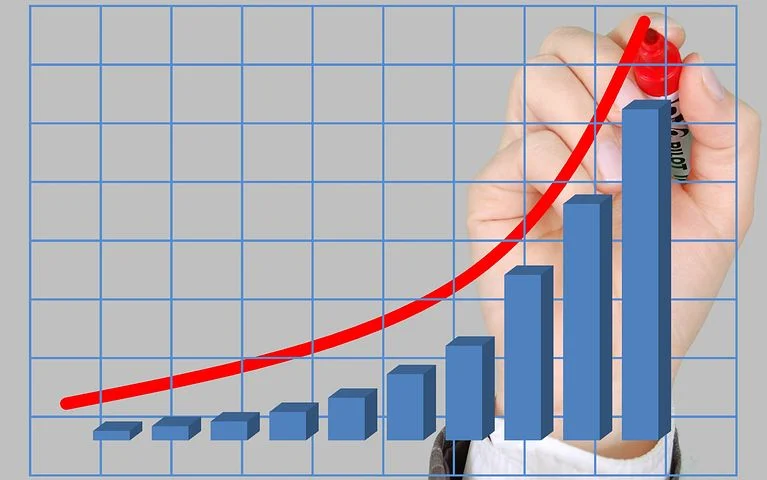BY GEORGE BARNHART, BOARD MEMBER
Why are we paying more in municipal taxes, fees and levies? Are we getting value for our money?
Labour costs account for 50 per cent to 60 per cent of the City of Victoria’s operating costs. What is shocking is that staffing has increased by 68 per cent, from 868 in 2019 to 1,460 in 2024. When considering higher wages, benefits and pensions, the average cost per employee rose by roughly 25 per cent in the same period. Inflation for this period is estimated to be 19 per cent to 21 per cent, based on the consumer price index for the Greater Victoria region.
Are we getting more or better services? It’s hard to imagine that transportation has improved when you sit in endless traffic jams. Repair projects that used to take days or weeks now take weeks, months or, in the case of Blanshard Street, years. Forty-eight per cent of downtown businesses said they would not renew their leases, due to deteriorating conditions.
Are staff serving more citizens? Population growth for Victoria proper has been a modest 7.4 per cent over the past five years. Out-migration is increasing, and businesses are voting with their feet by leaving. Retail vacancy has jumped to 11 per cent.
Who is paying for this largesse? Citizens pay through taxes and fees. Property taxes have increased 35 per cent since 2019. Residential taxpayers are paying $1,100 to $ 1,300 more.
Homebuyers and renters, not developers, will bear the brunt of the City of Victoria’s 258 per cent increase in the development cost charges for single-family homes.
Then there are the non-tax revenues — user fees, service charges and funds from other levels of government. You are paying 30 to 35 per cent more for non-tax revenues over the five years.
Vancouver council recently approved a 3.9 per cent increase, additional funding for policing and a $22-million reduction in spending through efficiency measures.
In Victoria, we are paying more and getting less.
